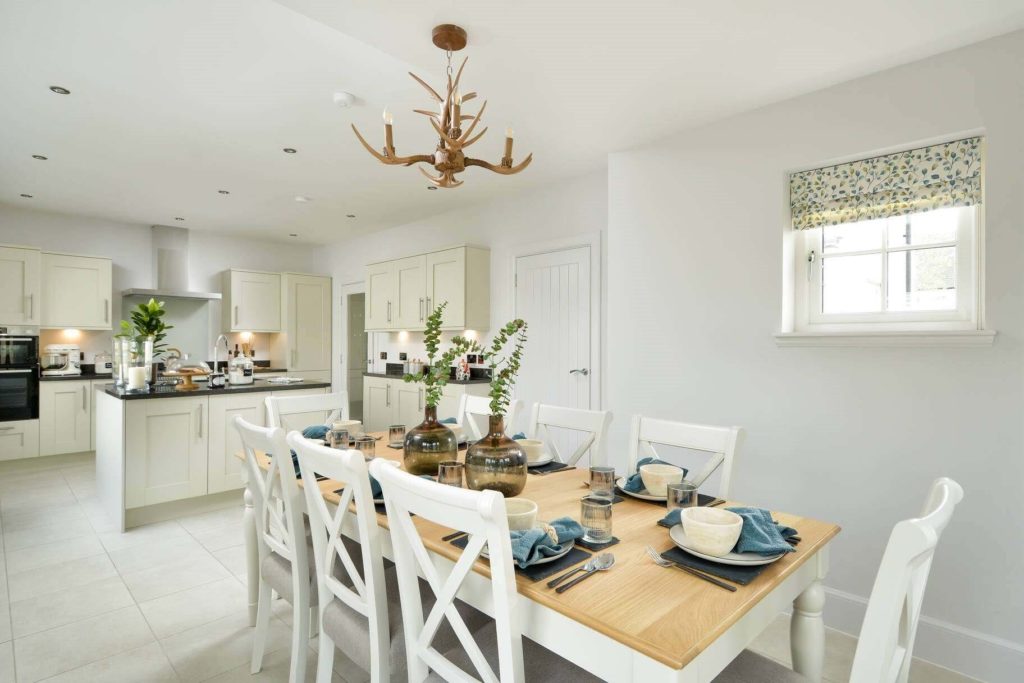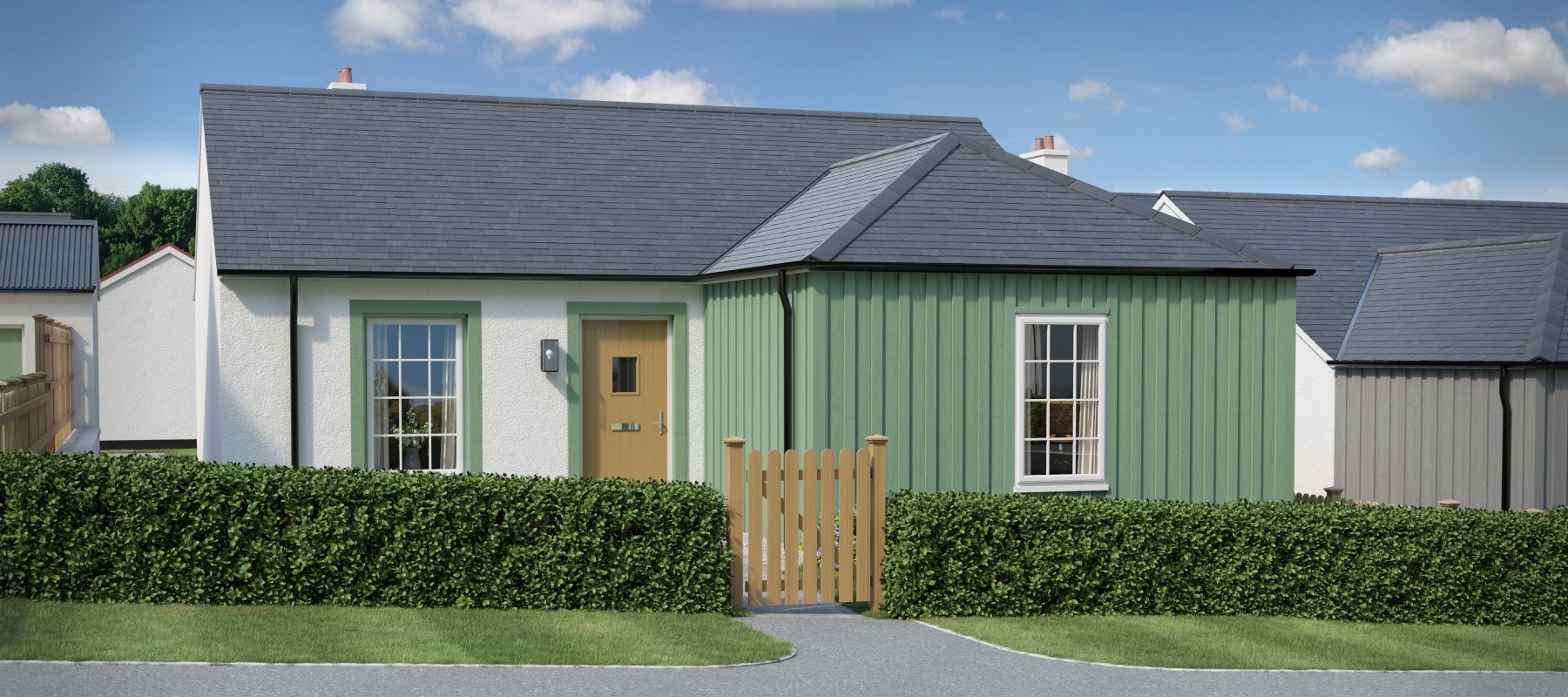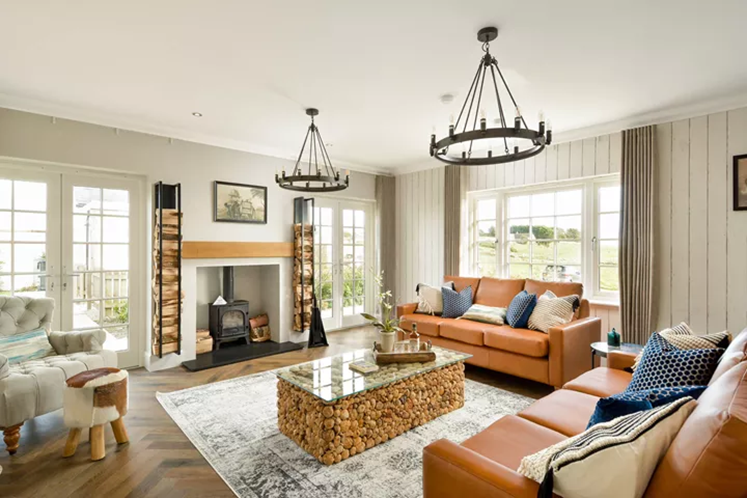House hunting can be an exciting yet daunting experience, especially if you’re unfamiliar with the local property market. With lots of factors to consider, from the location and local amenities to the price and condition of the property, it’s essential that you’re equipped with the relevant knowledge and advice to make informed decisions.
In this blog post, we’ve shared some top tips for house hunting in Aberdeenshire to help you find your dream home with confidence and ease. Whether you’re a first time buyer or retiree, these tips are designed to help you navigate the local property market and secure the perfect property for you…
Set a budget
Before you begin your house hunting journey, it’s important to know how much money you can afford to spend. The first step in the house hunting process is to carefully analyse your finances and decide on a realistic budget that will help you narrow down your search. Part of this process may involve speaking to a mortgage advisor who will be able to provide valuable advice and guidance on obtaining a suitable mortgage, depending on your needs and finances.
Local to Chapelton, many of our housebuilders suggest speaking with financial adviser, David Butler, who supports buyers by providing impartial advice on their finances. With access to a comprehensive range of lenders, David can recommend the best option specifically for your financial situation, based on your preferences and goals.
Additionally, at Chapelton, we have a range of homes for sale in Aberdeenshire that accommodate various different budgets, from affordable one and two bedroom homes – ideal for retirees – to luxurious five bedroom family homes appealing to growing families – there is sure to be something to suit everyone’s style and budget.
Do your research
After researching different locations, you should now have a rough idea of what areas pique your interest. It’s always worth exploring these areas to help you get a better feel for the surroundings. For example, you might want to consider taking a gentle stroll around the streets or browsing the nearby amenities such as coffee shops, play parks or restaurants.
If you think that Chapelton could be the perfect place for you, then why not come and visit our growing community? From the beautiful Patey Park providing endless fun for your little ones to the impressive ‘Boxes’ which are filled with lots of local businesses, you’re never short of things to see or do.
Speak to your local estate agent, friends and family
For those who want to discover a little bit more about what Aberdeenshire has to offer in terms of the housing market, speaking to a local estate agent can be very valuable. Estate agents can help you find properties that match your criteria while also giving you information and background on different locations.
Finding a new home in an area that boasts a strong sense of community is often at the top of the priority list for many prospective buyers. Friends and family are very valuable resources when it comes to house hunting as they can recommend local areas or help point you in the right direction. Community spirit is something that has always been important to the town of Chapelton which is why we encourage residents to get involved in our local events such as the Chapelton 10k, various farmers markets and even the scarecrow festival. The Chapelton Community Association has played an integral role in building a sense of community throughout the town, bringing lots of exciting events to the community.

Consider the layout of the home
The end goal of buying a house is to find a property that best fits your lifestyle. From large open-plan kitchen/dining rooms designed for entertaining to spacious rear gardens that provide plenty of room for your four-legged friends to roam, it’s key to prioritise the features that are most important to you.
If you’re set on purchasing a new build home, it can be useful to compare various styles and layouts offered by different housebuilders to get a feel for what you like and dislike. At Chapelton, we currently work alongside five incredible housebuilders who have helped bring the community to life, including AJC Homes, Brio Retirement Living, Stephen, Snowdrop Developments and Places for People.
Be aware of what to look for when viewing
When viewing a property, there are a couple of things you should look out for such as dampness, cracks or plumbing issues – all of which may indicate potential concerns. If you decide to go for a second or third viewing, it’s always worth taking an expert, friend or family member with you for a second opinion. With a fresh pair of eyes, they may be able to spot things with the property that you might have overlooked or not seen.
Additionally, viewing a property at different times of the day is a valuable piece of advice as you’re able to gauge factors such as the amount of natural light that hits the home and noise levels.




